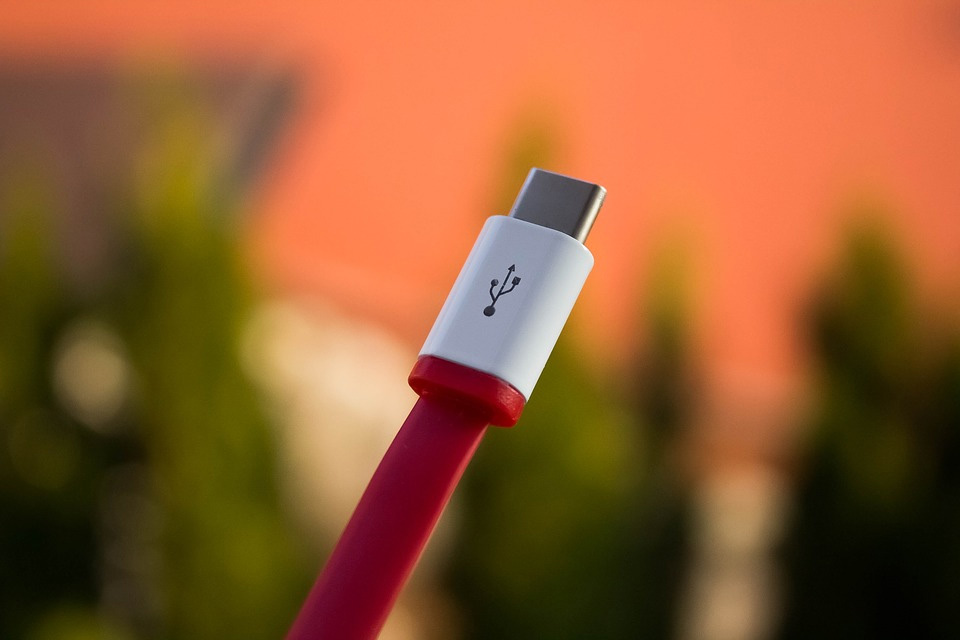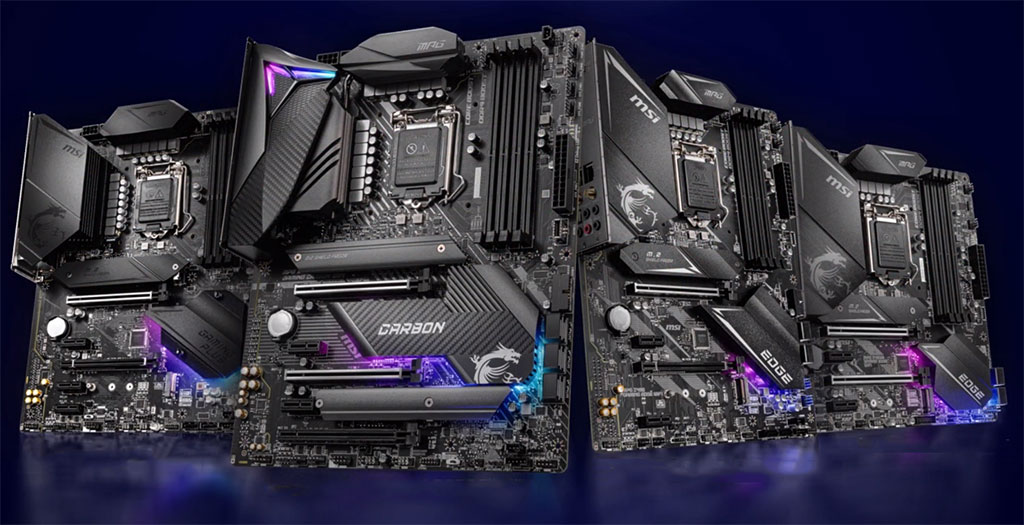USB naming convention is stupid, broken, and needs rebooting right now
Is this why we cant have nice things?

Naming conventions in the hardware industry are always a nightmare, but the mess that is USB naming is absolutely the worst offender in tech. We're trained professionals and it's a nightmare for us to get our heads around.
Sure, it's nothing new. We're perennially treated to new graphics cards that, if you peel the sticker off, are actually just last-gen GPUs with a shiny new name, just because some system builder thinks it should have something 'new' to sell. You get it in CPUs too. AMD, for example, has recently unveiled a slew of new Ryzen 5000 mobile processors which you'd rightfully expect to all come sporting the new Zen 3 architecture.
Not so, there are actually a bunch of Zen 2 chips in the new Ryzen 5000 range seemingly masquerading as next-gen mobile chips.
But that's nothing to USB and its myriad, deliberately obfuscating name changes, however. A recent tweet by Nick_Craver has the hardware team up in arms over naming conventions all over again. It perfectly highlights the more befuddling changes to nomenclature across the USB landscape.
Someone please tell us we're dreaming.
How do we impeach the USB 3 naming committee? pic.twitter.com/kZ5LXHp8mcJanuary 12, 2021
We used to have it relatively simple with USB 2.0 and USB 3.0, but now it seems you need a doctorate just to decipher which USB connections offer which bloody speeds.
Backing up a little, when USB 3.2 absorbed prior USB specifications, we were a little confused, but we dealt with it. Basically the change meant USB 3.2 could refer to one of three different specs:
Keep up to date with the most important stories and the best deals, as picked by the PC Gamer team.
- USB 3.2 Gen 1: 5Gbps
- USB 3.2 Gen 2: 10Gbps
- USB 3.2 Gen 2x2: 20Gbps
To make matters more confusing, USB-IF (the USB Implementers Forum) explained that, when it comes to marketing terms, "SuperSpeed Plus, Enhanced SuperSpeed, and SuperSpeed+ are defined in the USB specifications, however these terms are not intended to be used in product names, messaging, packaging or any other consumer-facing content."
Still following? Me neither.

Best gaming motherboard: the best boards around
Best AMD motherboard: your new Ryzen's new home
USB-IF went on to clarify (in some new definition of the word only it understands) that manufacturers should refer to the super helpfully named USB 3.2 Gen 1 as SuperSpeed USB, USB 3.2 Gen 2 as SuperSpeed USB 10Gbps, and USB 3.2 2x2 as SuperSpeed 20Gbps.
Now USB4 is entering the fray making the naming landscape even more convoluted than it already was.
With supposed speeds of up to 40Gbps you might expect to actually get that, but then again, you might not. The specifications that USB4 encompasses include USB 4 Gen 2×2 which has two lanes of 10Gbps equalling 20Gbps in total (just like USB 3.2 Gen 2x2), and USB4 Gen 3×2 which produces the 40Gbps advertised.
So not only can USB4 refer to two very different speeds, but the naming conventions are now just totally broken. The cherry on the cake? Certification of which spec you're getting is not mandatory for manufacturers. So, good luck getting the speeds you're after folks.
Now, point me to the person responsible. I'm going to have a word.

Having been obsessed with game mechanics, computers and graphics for three decades, Katie took Game Art and Design up to Masters level at uni and has been writing about digital games, tabletop games and gaming technology for over five years since. She can be found facilitating board game design workshops and optimising everything in her path.

